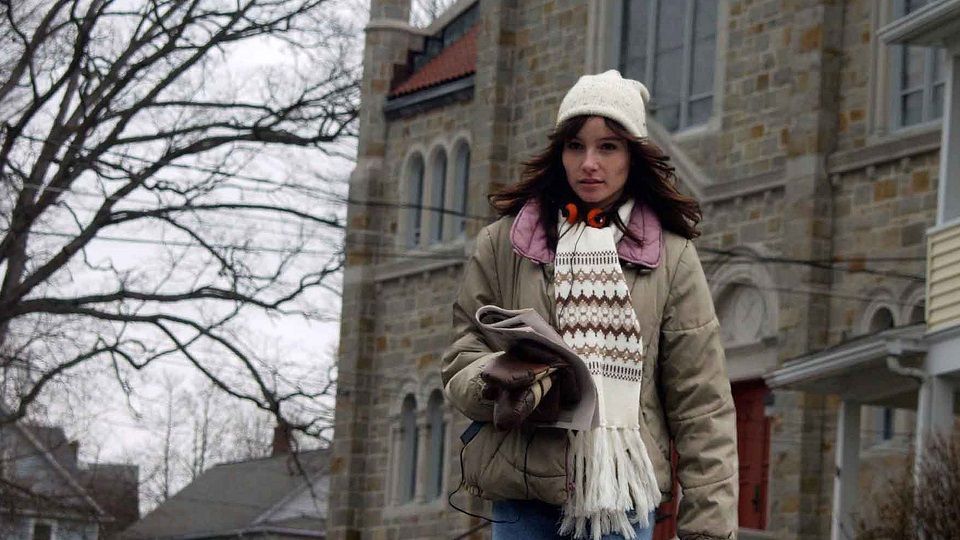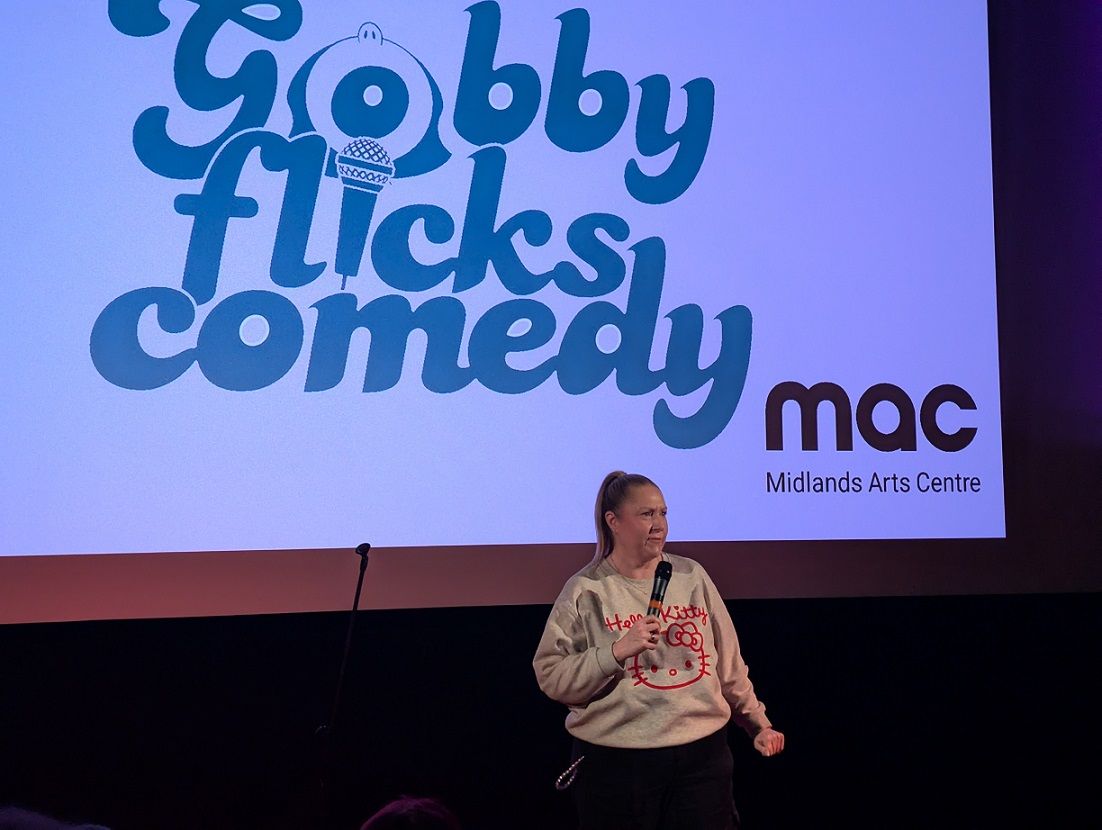Overview of film in the Midlands
midlandsmovies • May 29, 2020

Feature - Overview of Film in the Midlands
THIS POST WAS FIRST PUBLISHED IN 2014
Well, we’ve been going for 18 months and I thought – hey, why don’t we write about movies in the Midlands? Ha ha. In all seriousness, I’ve been intending for a long time to not only promote future talent (please see our Spotlight and Showcase pages – as well as archived feature slots on new filmmakers from the region in our Blog section) but also look back into what the region has contributed to the film industry in the past.
From all over the Midlands, there are filmmakers, actors and locations that have been featured in big successful movies and the region has both the gritty realism needed for a British kitchen-sink/urban drama and the grandiose buildings required for stately homes and castles for Hollywood visions of “olde” England. Let’s begin with Leicester…
Leicestershire
Starting with my current hometown, Leicester has the Great Central Railway, now Britain’s only mainline steam railway which has been a pivotal location in a number of feature films. Firstly, in Buster (1988), Phil Collins’ Great Train Robbery took place at the station at Quorn in Loughborough as were important scenes from Shadowlands (1993) and The Hours (2002) as well.
Shadowlands was also directed by Lord Richard Attenborough, a huge acting and directing presence from Leicester. He and his brother David have made unbelievable contributions to the factual & fictional worlds of film-making from jungle and Arctic documentaries through to the Oscar-winning direction of Gandhi. For me and people my age, “Dickie” may be best remembered as Dr. John Hammond, the owner/founder of the terrifying out-of-control Jurassic Park in Spielberg’s 1993 blockbuster. Either that or as Father Christmas in the remake of Miracle on 34th Street but we mustn’t forget his stunning acting turns in Brighton Rock and The Great Escape from the 60s.
Staying with the grandiose, Belvoir Castle (pronounced ‘beaver’), home of the Duke and Duchess of Rutland, has been seen in Young Sherlock Holmes (1985) and Ron Howard’s The Da Vinci Code. It doesn’t stop there as it can also be viewed as ‘Buckingham Palace’ in The Young Victoria AND in King Ralph whilst it kitchens were used in the 1999 remake of The Haunting too. One of Leicester’s other sons is Graham Chapman, one of the members of comedy troupe Monty Python who was born in Stoneygate and went on with his Python cohorts to write and film comedy classics such as The Holy Grail (1975) and controversial but hilarious Life of Brian (1979).
Nottinghamshire
The home of Robin Hood but sadly none of it used in the filming of Russell Crowe’s or Kevin Costner’s recent takes on the tight-wearing hero. However, another tight-wearing hero (ok, the link is a little forced) is featured at Nottingham’s Woollaton Hall which was used for exterior shots of Wayne mansion in Nolan’s The Dark Knight Rises (2011). Going much further back, Saturday Night and Sunday Morning (1960) starred Albert Finney and was shot at the Raleigh Bicycle factory in Radford and although we are told it’s the Old Bailey in Scandal (1989), the Shire Hall in High Pavement stood in for the infamous courts during certain scenes. For the 1960 adaptation of D H Lawrence’s Sons and Lovers, the filmmakers used the author’s real childhood home in Eastwood and the mine from the film was the Brinsley Colliery where his father worked.
The 2007 film Control about the short life and shocking death of Joy Division’s lead singer-songwriter Ian Curtis was partly filmed in Nottingham around some of the real places Curtis was known to frequent and was half-funded by director Anton Corbjin himself whilst East Midlands Media contributed £250k of European Development funding showing its support as well. Later on, the same agency supported Bunny and the Bull (2009), a comedy road-trip film that was shot at the King’s Meadow Campus of the University of Nottingham over 5 weeks.
BAFTA winner filmmaker Shane Meadows moved to Nottingham at 20 and started his own film festival to showcase his self-made short films based in the Midlands. Inspired by his own youth, Meadows was first nominated for a BAFTA for Dead Man’s Shoes (his sixth film) and the third to star Paddy Considine who he met at Burton College. He was presented the BAFTA for best British film in 2007 for This Is England (2006) by Sylvester Stallone and his Once Upon a Time in the Midlands (2002) starred Robert Carlyle and was set primarily in Nottingham. Finally, Nicholas Winding Refn filmed Bronson, a fictionalised biography of the notorious prisoner of the same name (with a brilliant Tom Hardy embodying the role) around the St. Ann’s, Sherwood, Worksop and Welbeck Abbey areas of Nottingham (shire) in the 2009 movie.
Derbyshire
The county is famed for its elaborate stately homes, the first of which can be seen in Elizabeth (1997) where Haddon Hall, near Bakewell, was used as Hatfield House, Elizabeth I’s childhood home, whilst it also doubled as Thornfield Hall in Franco Zeffirelli’s Jane Eyre (1996). Historic Chatsworth House was turned into Mr Darcy’s home “Pemberley” in Pride and Prejudice (2005) and Haddon Hall (again!) was used for the Inn at Lambton, whilst its dining hall became Elizabeth’s bedroom.
One of Derby’s home-grown sons is Oscar winner Alan Bates, who starred in the 1969 film Women in Love which featured Kedleston Hall as the large house he and Eleanor Bron’s characters lived. Oliver Reed’s house in the same film was Elvaston Castle also in the county of Derby. Finally, Goodbye Mr Chips (1939) had the exterior shots of Brookfield School filmed at Repton School near Burton.
Lincolnshire
So much of The Da Vinci Code was filmed in Lincolnshire they may as well have called it The Da Linci Code as many scenes were filmed at Burghley House, Stamford in Lincolnshire. The same location was featured as the garage at Chateau Villette and as Saunière’s retreat in the flashbacks and whenever we see Westminster Abbey in the movie; the interiors were in fact shot in Lincoln Cathedral where Newton’s tomb was recreated. It’s also stood in for Westminster Abbey in The Young Victoria.
Previously meof the “outsider” from the bures as Judi Dench’s home in the 2005 film of Pride and Prejudice and the Merchant-Ivory film The Golden Bowl
Birmingham
The UK’s second largest city unfortunately has featured in a number of duff films so we’ll get those out of the way first. Knights And Emeralds (1986) about the rivalry between marching bands was filmed in central Birmingham as well as the more industrial areas in the Black Country. The spoof horror I Bought a Vampire Motorcycle (1990) was filmed around city locations and the horrendous Sex Lives of the Potato Men (2004) featured the car park at Snow Hill station and Aston Expressway. It somehow gets worse though as Cliff Richard and Deborah Watling drove down New Street in the 1973 musical Take Me High. Good lord!
Improving from those duds, the Electric Cinema has a plaque outside to commemorate a scene from Bob Hoskins’ Felicia’s Journey (1999) whilst the quintessential “Northern” favourite Brassed Off from 1996 saw the band play in Birmingham Town Hall which stood in for the Royal Albert Hall. Finally, things improve with the John Cleese farce that is the 80s classic Clockwise where scenes were filmed at Edward’s School, Edgbaston, Menzies High School (in West Brom) and at the University of Birmingham.
Michael Sales
Other films filmed in or around the Midlands include: The Loneliness of the Long Distance Runner (1962), Magicians (2007), Mum & Dad (2008) & Goal 3 (2009).

With a number of acclaimed films under his belt including Cosmo, Gone Fishing and The Morgue Party, Jonathan Hawes launches a new short, once again in his favourite genre of comedy. Midlands Movies Mike Sales speaks to the writer/director about his latest project, his influences and his plans for the film.

Up! (1976) Dir. Russ Meyer Well, bi-Adolf Hitler BDSM is not something (a) I thought I’d ever see 5 minutes into a movie and (b) ever expected to write in my lifetime to be fair but this spicy start is pretty standard for the work of exploitation filmmaker Russ Meyer. Up! is a kind of r*pe-revenge softcore p*rn film (there’s gonna be a fair bit of self-censorship in this review so apologies in advance), the type Meyer is known for. I’d describe the plot in more detail but it’s mostly a convoluted and incoherent mess of double-crossing, murder, violence and lots and lots of humping. In short, a man called Adolph gets murdered and a woman investigates (kinda) the circumstances but as she does so, a group of locals blackmail, attack and screw each other with the murder mystery barely mentioned throughout. With so little narrative, it could be argued if it’s essentially p*rn? To be fair, not far off. It’s about extreme as you can go without simply making a s*x film. Is that a…no, it’s a belly button hole. Bookending the film (and also seen at various points throughout) is a Greek Chorus - simply a busty fully nude woman of course - who delivers dialogue like “Pummelling the scrotum with joyous supplication” and other such poeticisms. This artistic flourish is mostly pointless - the actress herself saying the words were tough to learn because it was utter nonsense. On a technical level, the editing is surprisingly well done and the 4k image is frankly fantastic. Someone somewhere must be putting together a post-modern take about the beautiful landscapes and cinematography of Meyer’s * ahem * output. But it definitely does have a kitsch artistry. It has certainly provided plenty of cinematic influence though. Elements of Tarantino grindhouse sensibilities are on show - Meyers likes bosoms as much as Quents likes feet - and there’s even a leather gimp early on. I can also see how its had an impact on Ti West X’s with a focus on sexuality and the body as well, more obviously, Anna Biller’s feminist-twist The Love Witch (2016). Suffice to say it’s not for the weak of heart. I think in this day and age you can’t go into this completely blind to its style, period and context though. It's an X-rated Carry On style that was bad taste then and it’s bad taste now. It revels in its sleaziness without a single hint of shame or apology. Simply saying 'deal with it'. The main negative though is the absence of plot - if the film can even be looked at like that - which is barely present. This is a shame as the whole thing could do with a bit more coherence rather than endless shagging. But it’s far from titillation, it’s mostly clowning - albeit a very adult version of it. More saucy than sexy. Trying to review this through modern sensibilities is almost impossible. It’s as offensive can be from the first scene through to the final credits - heck even this 4k menu is simply one of the film's many s*x scenes. But there are some progressive themes as it doesn’t shy from confronting sexual freedom, bisexuality, gay sex, BDSM and consensual exploration. There's moments of comedy thrown in and I enjoyed a frankly hilarious 5-minute monologue explaining the culprit’s intentions, which was a ludicrous way to deliver a slasher-style ending. I suppose the main thing about Up! (and Meyers’ work overall) is there’s a sort of love it or loathe it quality about the whole shebang. But it’s so unlike anything being made today - for good or bad - that it’s never anything other than unpredictably fascinating. More explicit than most Meyers films - in fact more than any film - it’s a lewd, rude and crude (s)exploration with a satirical edge and campy enjoyment bouncing from every frame. ★★★ 3 / 5 Michael Sales Severin Films releases Russ Meyers' UP! (1976) and MOTORPSYCHO (1965) on 28 April 2025 in newly restored and scanned 4k with hours of new and archival Special Features https://severinfilms.co.uk/

Ti West’s The House of the Devil makes a wonderful companion piece to his film The Innkeepers. Both maintain the director’s referential approach to horror, incapsulating it in a slow burning 90 minutes that manages to build and maintain tension while cheekily winking to the audience and showing the mechanisms behind the scares.


